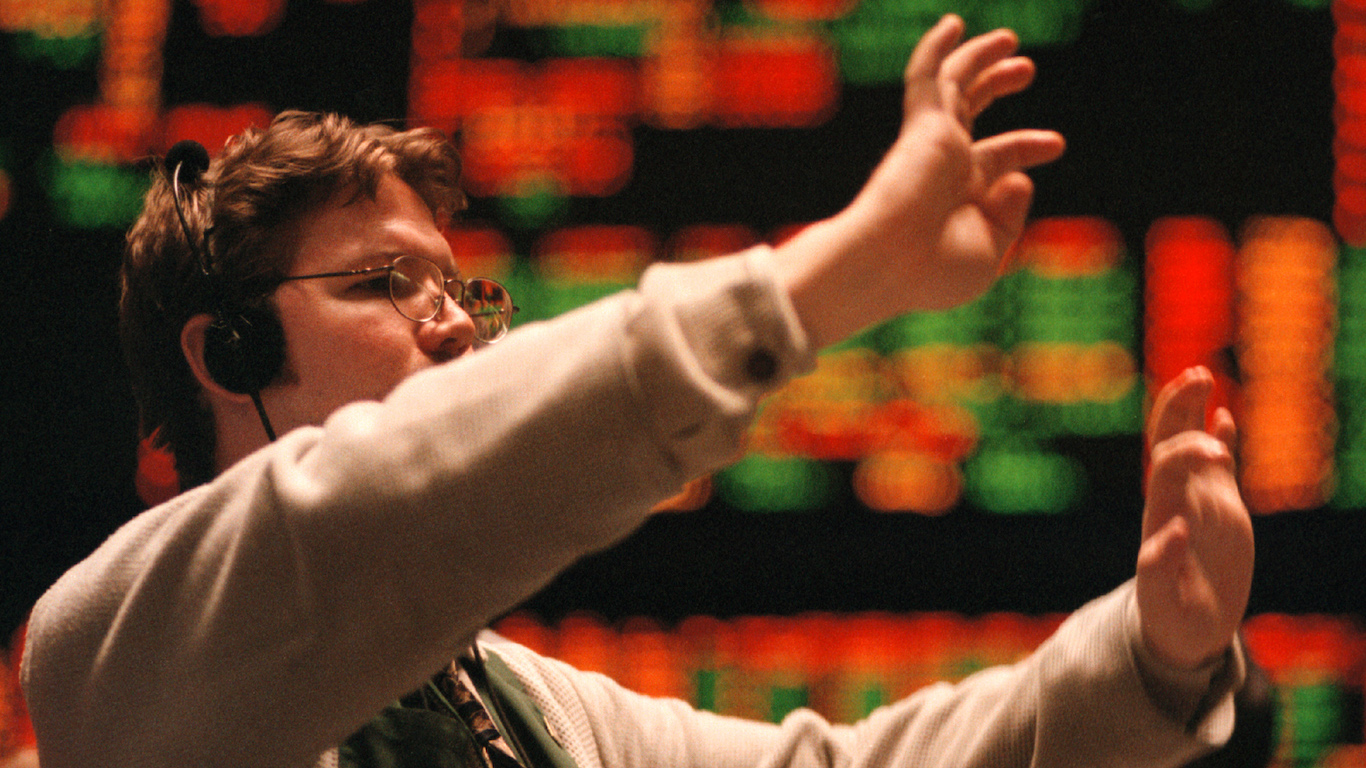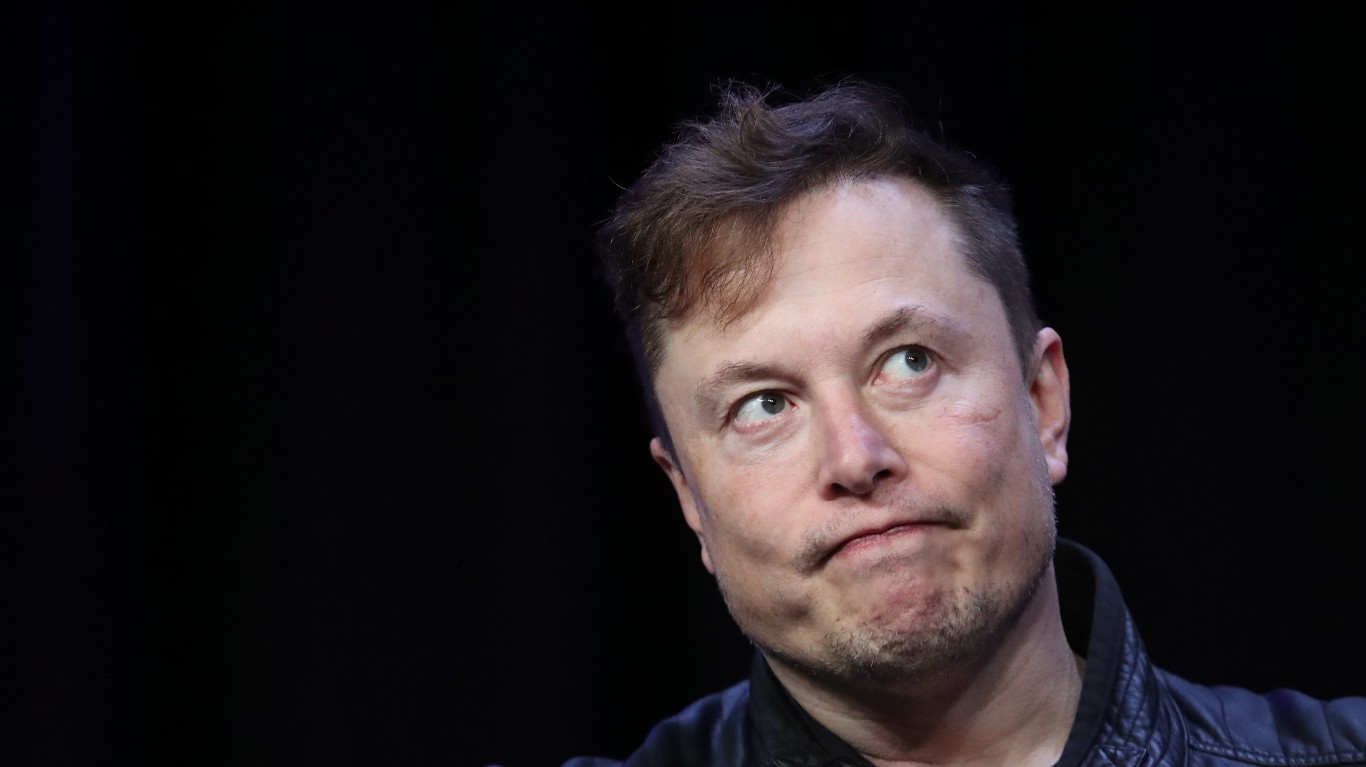When it comes to corporations returning capital to shareholders, the two most classical methods are dividends and share buyback plans. There are of course other means for companies to reward shareholders, but these two are the classic methods. It turns out that corporations are using massive stockpiles of cash to buy back shares in droves in 2018, even as the stock market challenges all-time highs all over again.
24/7 Wall St. has been tracking scorecards for companies issuing earnings and post-earnings related news all summer. There have been many buyback announcements that are just too large to ignore. These are not solely the largest buyback authorizations by market cap, but they are the ones that stood out the most for fresh new buyback dollars and that also could affect the underlying shares of each company the most.
Goldman Sachs made a recent forecast that August is the top month for companies actually to spend the cash to repurchase their shares. That makes the timing of this review critical. Goldman Sachs also projected that corporate stock buyback authorizations could reach $1 trillion by the end of 2018, about one-third more than the current tally of roughly $750 billion. That said, investors should understand that authorizations do not necessarily mean that the companies allocate all that capital at once, nor even in a single year.
Multiple issues are driving stock buybacks. One is tax reform and another is that companies are rarely criticized for pre-shareholder efforts that act to reward them for holding these shares. Not all buybacks are created equal, as some aim to offset executive and employee stock options.
Interestingly enough, some of the buybacks have not yet contributed to higher share prices since the announcements were made.
Here are eight of the summer’s top new or expanded buyback announcements from corporations during earnings season or around their shareholder meetings. A reference has been made to each company’s total buyback, along with some history and views, and these should show why each buyback has stood out more than myriad other buyback announcements.
1. The Big and Mighty Apple
Apple Inc. (NASDAQ: AAPL) already has bought back billions upon billions worth of its own stock, and those buybacks have not prevented Apple from becoming the first company to reach the $1 trillion market cap level. Some hints from Apple suggested that the company would buy shares more aggressively, but open-market regulations may be preventing the company from effecting these plans as fast as it might otherwise. The strong earnings report and the strong guidance helped. Apple being the all-time buyback king is also helping.
In the past quarter, Apple returned almost $25 billion to investors through its capital return program, including $20.8 billion in share repurchases. According to Forbes, Apple set a record in the S&P 500 with its $22.8 billion of share repurchases in the first quarter of this year. The company previously announced a $100 billion share repurchase program in May, and it seems well on its way accomplishing this. Buybacks or not, Apple still has ample room to keep raising its dividends in the years ahead as well.
2. Warren Buffett’s Revenge
Berkshire Hathaway Inc. (NYSE: BRK-A) has decided to let Warren Buffett and Charlie Munger expand the logic of buybacks to almost whatever criteria they see fit. While formal buybacks were not announced, the reality is that Berkshire Hathaway simply left the goal of keeping a $20 billion floor for its cash balances. That could imply a buyback over time of $20 billion, $50 billion or even more, considering its $100 billion or so in liquidity. Berkshire Hathaway’s B shares were trading at $190.41 ahead of the announcement on July 18 (and were down about 4% in 2018 at the time), but those shares jumped to $200 on the news, and the stock was up at $206 after earnings drove shares higher.
Berkshire Hathaway has a $500 billion market cap. Think about this for a second: Buffett created a huge one-day move (the largest in more than five years) without even formally committing to a buyback. Now that’s impressive!
3. Cat Fight Versus Trade Wars
Caterpillar Inc. (NYSE: CAT) may have a trade war target on its chest if things get too bad with China and Europe. Still, the heavy equipment giant beat earnings expectations and lifted its range of 2018 earnings to $11 to $12 per share. As for the buyback angle, Caterpillar disclosed $10 billion more available for share buybacks. The prior plan is set to expire this year and had some $4.5 billion remaining. The company spent about $750 million on buybacks during the second quarter and is targeting another $1.25 billion or so for buybacks during the second half of 2018.
Caterpillar shares were trading at about $142.50 ahead of the July 30 earnings announcement, and they were last seen trading closer to $140. Imagine what might have happened without a buyback announcement. The market cap is $83 billion.
4. Discovering Major Buybacks
Discover Financial Services (NYSE: DFS) beat earnings on a slight miss on revenues, but the loan growth was up 9% while credit card loans were up 10% after a 9% sales volume increase, handily outpacing the total net charge-off rate increasing 40 basis points from the prior year to 3.11%. The company spent $555 million on buybacks in the second quarter alone, and about a week before the results the credit card issuer confirmed a stock buyback increase to $3 billion under the previously approved Federal Reserve stress test (CCAR) capital allocation plan. This is rather strong for a financial stock with a market cap of just $25 billion.
The approved repurchases allow for up to $1.85 billion during the four quarters ending June 30, 2019. With shares recently trading near $73, they have a 52-week range of $57.50 to $81.93, and the consensus target price is $85.83.
5. Merger Ashes Creating Big Buybacks
When two companies fail to close a merger, they have to do something worthwhile to keep shareholders from revolting. That was the case in July with Qualcomm Inc. (NASDAQ: QCOM) and NXP Semiconductor N.V. (NASDAQ: NXPI) after the companies finally had to call off their prior merger plans.
Qualcomm threw in the towel on acquiring NXP and said that it will accelerate its share buybacks. The chip giant will aim to repurchase up to $10 billion under its $30 billion total buyback plan in the next month alone. That $30 billion is expected to be concluded by the end of its 2019 year. Qualcomm even set a Dutch tender auction price range of $60.00 to $67.50 per share. Its current share price of $65.75 comes with a market cap of $96 billion.
6. Payment Transactions Leading to Buybacks (and Acquisitions)
PayPal Holdings Inc. (NASDAQ: PYPL) is now free from eBay, and the payments company plans to grow organically and via acquisitions, while also looking to return capital to shareholders at the same time. The payments giant announced a new $10 billion buyback plan that will go into effect upon the completion of the $2.7 billion remaining under the current buyback plan.
PayPal still sees its capital base and cash flow strong enough to allow for bolt-on acquisitions while returning 40% to 50% of free cash flow to investors over the coming three to five years. PayPal was last seen trading closer to $86, which is lower than its peak from before earnings in late July. PayPal’s market cap was last seen at $101 billion.
7. Big Oil’s Return to Big Stock Buybacks, From Overseas
Royal Dutch Shell PLC (NYSE: RDS-A) may not be U.S.-based, but it has extensive U.S. operations, and the company announced an extensive $25 billion share buyback plan along with what some investors took as cautious earnings results. The buyback may have some oil price limitations to it, but Royal Dutch Shell already has been issuing press releases stating that it has started buying back shares.
Its American depositary shares were up just above $70 prior to earnings on July 25, and those shares were trading at $66 more recently. The oil and gas giant has a market cap of roughly $300 billion, and its 52-week trading range is $54.27 to $73.86. Its consensus analyst target price now is closer to $81.
8. Value in Tech Allows for Extra Capital Deployment
Western Digital Corp. (NASDAQ: WDC) recently was screened as a key value stock looking dirt cheap against the market, and its shares have slid due to growth and market concerns. The company has proven (and then some) that it can send back cash to its shareholders. On top of beating earnings expectations in July, the company said that it is replacing its prior buyback plan with a new $5 billion share buyback plan.
Western Digital went so far as to formally note that this buyback reflects ongoing business fundamentals and cash flow generation capabilities. Its shares were trading at $77 ahead of earnings, and the stock was trading closer to $68 on last look. Western Digital has a market cap of $20 billion, so a $5 billion allowance to buy back shares might raise some eyebrows.
Credit Card Companies Are Doing Something Nuts
Credit card companies are at war. The biggest issuers are handing out free rewards and benefits to win the best customers.
It’s possible to find cards paying unlimited 1.5%, 2%, and even more today. That’s free money for qualified borrowers, and the type of thing that would be crazy to pass up. Those rewards can add up to thousands of dollars every year in free money, and include other benefits as well.
We’ve assembled some of the best credit cards for users today. Don’t miss these offers because they won’t be this good forever.
Flywheel Publishing has partnered with CardRatings for our coverage of credit card products. Flywheel Publishing and CardRatings may receive a commission from card issuers.
Thank you for reading! Have some feedback for us?
Contact the 24/7 Wall St. editorial team.




